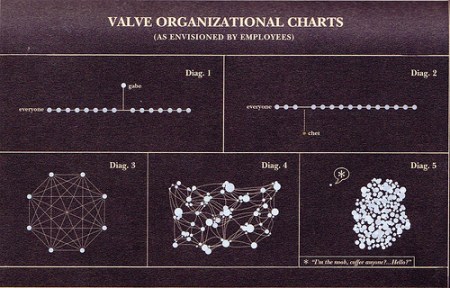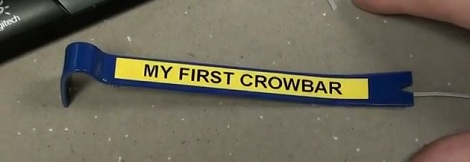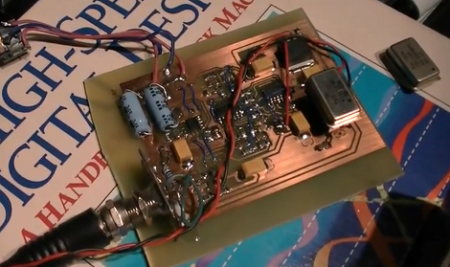
[Jeri Ellsworth] finally set aside some time to talk about the build process for her Commodore 64 bass keytar. We think what started by taking a band saw to the guitar body ended up as a fantastic new instrument.
When she was showing off the project at Maker Faire we really only got a cursory look at what it could do. Her most recent video covers all that went into pulling off the project. Once the bulk of the guitar body was gone she tore the guts out of a dead c64 in order to mate the case with the guitar neck. Always the craftsman, she altered the computer’s badge to preserve the iconic look, then went to work adding pickups to each string using piezo sensors. This was done with Maker Faire in mind because magnetic pickups would have been unreliable around all of the tesla coils one might find at the event. These were amplified and filtered before being processed via an FPGA which connects to the original c64 SID 6581 chip.
Continue reading “[Jeri Ellsworth] On Making Her C64 Bass Keytar”

















